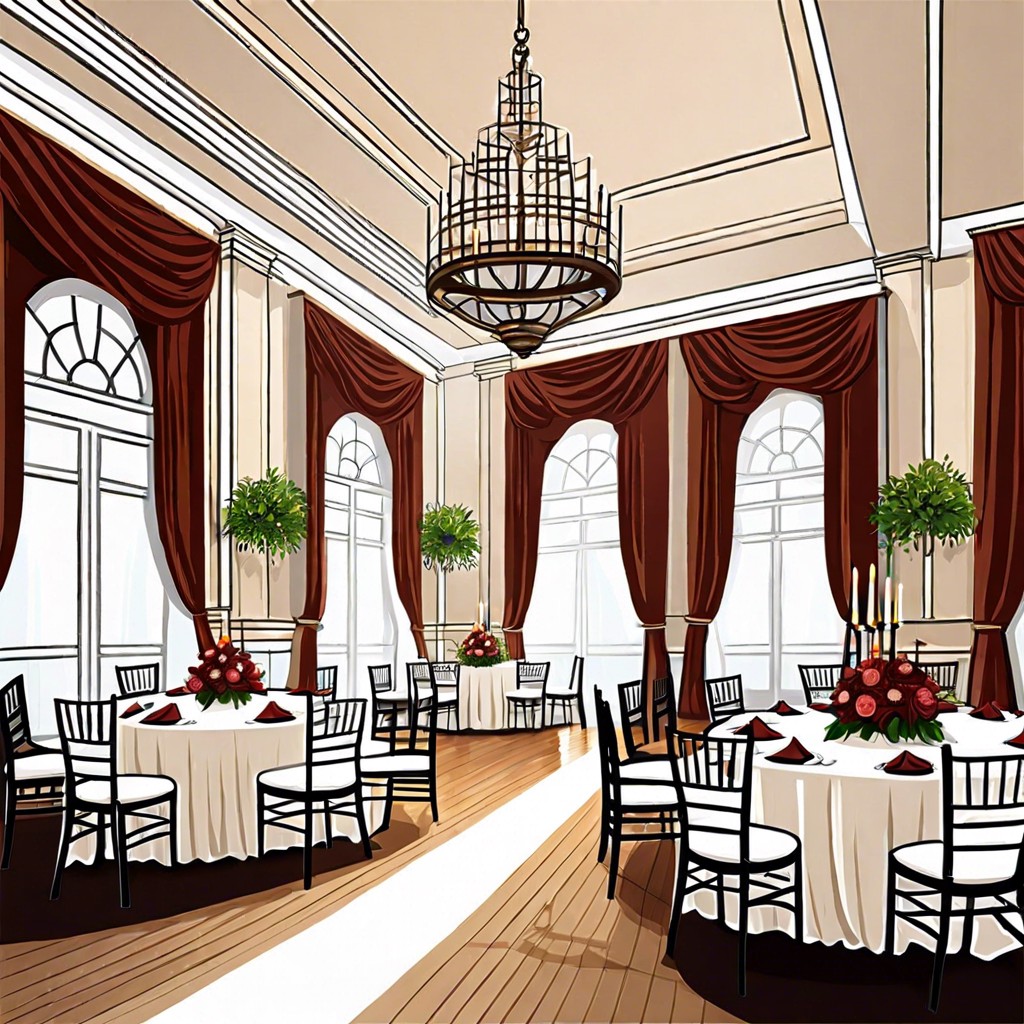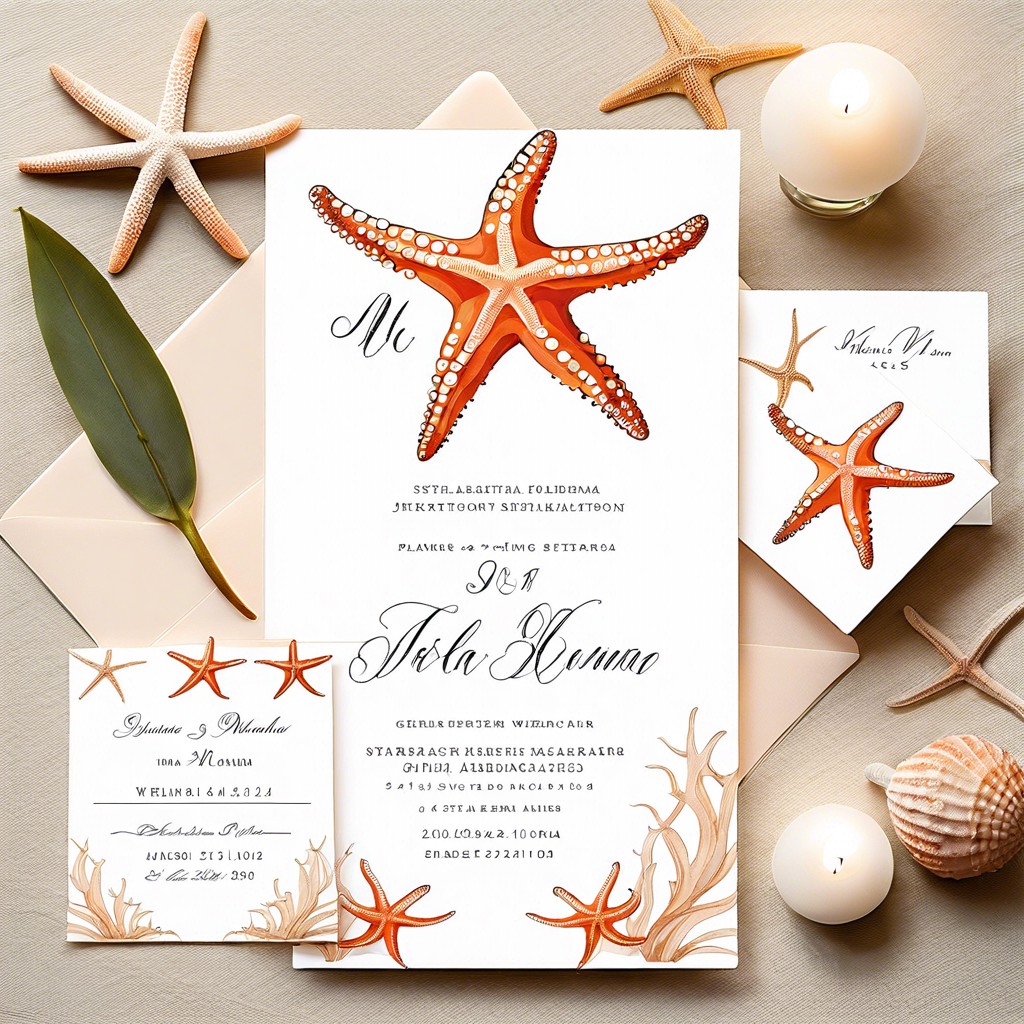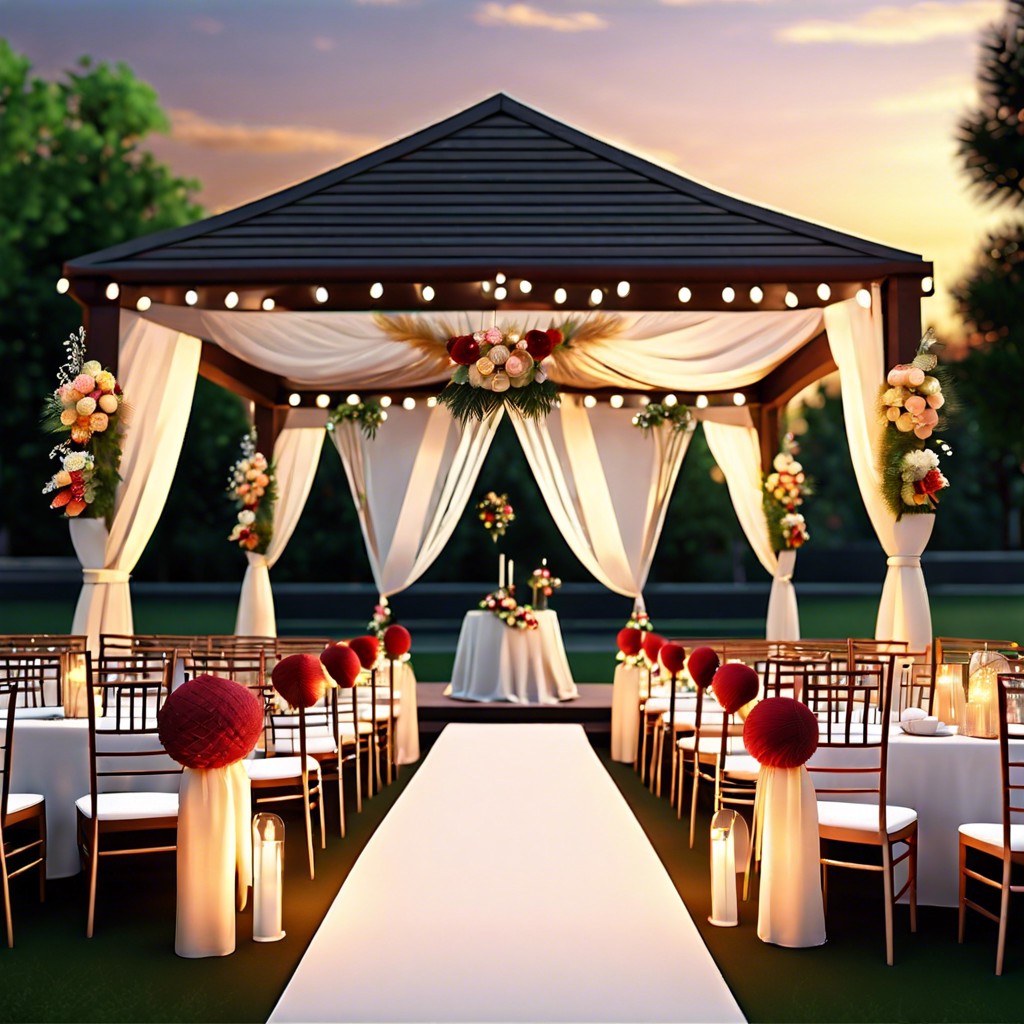In this article, you’ll learn about the average revenue for wedding venues and the factors that influence their income.
Key takeaways:
- Venue startup costs can vary depending on factors like location and renovations.
- Different types of wedding venues have varying levels of profitability.
- Wedding venues can use different pricing strategies, such as per-person pricing or package deals.
- Calculating profit margins requires considering expenses and optimizing operations.
- Understanding the competition and market positioning is crucial for success in the wedding venue industry.
Venue Startup Costs

Kicking off a wedding venue business can feel like you’re trying to solve a Rubik’s cube blindfolded. But fear not! Understanding the initial financial outlay helps in painting a clear picture.
First up, the location – our stage for love stories. The cost can range from a down payment on a rustic barn to purchasing a slice of urban chic real estate. Location influences price, with rural gems often being kinder to your wallet than a downtown dazzle.
Next, renovations and decorations set the backdrop. Whether it’s a touch of paint or a full-blown makeover, creating an ambiance that whispers ‘romance’ is key. This could mean modernizing facilities or sprinkling some magic with lighting and landscaping.
Then, the unsung heroes – tables, chairs, and linens. These essentials transform from empty space to a haven of celebration. Investing in quality can save dollaroos in the long run as repeat rentals add up.
Let’s not forget the bells and whistles – sound systems for when they say ‘I do’ and the clinking glasses during toasts. High-quality audiovisual equipment means fewer hiccups and happier couples.
Lastly, permits and licenses. They’re the gatekeepers to the party. Rules differ from city to city, so research is your trusty sidekick here. Without legalities squared away, the only thing getting hitched will be your venue in red tape.
Putting together the puzzle may require a sizeable investment upfront, but it sets the stage for countless happily-ever-afters.
Types of Wedding Venues and Their Profitability
Let’s dive straight into the kaleidoscope of settings where nuptials take place. Picture rustic barns with their countryside charm. These often come with lower overhead but can be wildly popular, especially for those embracing the shabby-chic aesthetic. However, their seasonal usage could limit annual income.
Flip the coin, and you’ll find luxury hotels and ballrooms. These venues command premium price tags due to their high-end appeal and comprehensive services. They cater to couples looking for full-service experiences, pocketing substantial profits from both space rental and in-house services like catering and equipment.
Gardens and vineyards play a slightly different tune. Their natural beauty is a magnet for outdoor, spring, and summer weddings, allowing them to charge a premium during peak seasons. Off-season revenue might dip, but they can still be lucrative with the right marketing strategy.
Don’t forget about cultural centers, museums, and historic homes. Their rents might not skyrocket, but their appeal to niche markets can lead to a strong and steady booking schedule, balancing out the revenue stream.
Then there’s the wildcard: unconventional spaces like warehouses or lofts. They offer a blank canvas for creativity and can turn a handsome profit with minimal investment in decor.
Each type of venue has its rhythm in the profit dance, with high demand settings leading the charge. The trick is finding the sweet spot between popularity and offering a standout experience that can command a favorable rate. With a solid strategy, venues can not only survive but thrive in the competitive wedding landscape.
Revenue Streams: Pricing Strategies for Wedding Venues
Wedding venues charge a pretty penny, and why shouldn’t they, given they’re the stage for the start of happily ever afters? While many stick to the tried-and-true method of a flat fee, others are shaking things up with per-person pricing – a shrewd move that links cost directly to guest numbers.
Package deals are like the Swiss Army knife of venue pricing: versatile, convenient, and with enough added extras to make any couple swoon. Think bundles that include catering, decoration, and A/V equipment – they simplify the couple’s checklist and increase the venue’s take-home.
Going a step further, savvy venues offer seasonal rates, giving winter wedding wonders at discounted rates, or premium pricing for those must-have summer dates. It’s like playing matchmaker with the calendar, ensuring something for every couple’s budget.
But there’s more than just the big day to think about. Venues also cash in on pre-wedding events. From rehearsal dinners that bring families together to a bubbly brunch to wash down the I dos, these extra occasions boost revenue without stretching resources.
Lastly, corkage fees and cake cutting charges may seem as small as a confetti piece, but they add up quicker than a bride says ‘yes’ to the perfect dress. Adding these à la carte services allows venues to cater to each wedding’s specific needs and sip on a little extra income too.
Calculating Profit Margins for Wedding Venues
Crunching numbers isn’t everyone’s cup of tea, but for wedding venue owners, it’s a vital part of the recipe for success. Picture your revenue as a giant wedding cake. The money you earn from events is the delicious top layer, while expenses are the hidden tiers below. To figure out your profit margin, you’ll need to subtract those less delectable costs from your total earnings; what’s left over is your slice of the profit pie.
Consider the myriad of expenses: maintenance, staffing, marketing, and upgrades, just to name a few. These are the necessary ingredients that go into making your venue an attractive choice for couples. Location also plays a pivotal role, as a downtown spot might have higher overhead than a rustic retreat in the countryside.
Keep in mind, the more weddings you host, the more you can spread out your costs. It’s like buying in bulk – when you spread those pesky expenses over more events, each one becomes a little less expensive, and your profit margin starts to rise. It’s a balancing act though. Overbook, and you risk a dip in service quality; book too few, and you might not cover your costs.
To dress your numbers up for the ball, optimize your operations. Perhaps that means leveraging seasonal trends or offering off-peak discounts. Flexibility can attract a broader clientele and help fill in calendar gaps.
Always remember, the goal is to have your income outshine your expenses like a sparkling diamond on an engagement ring. With a keen eye on the bottom line and a smart strategy, your profit margins can be just as breathtaking as a walk down the aisle.
Competition Analysis and Market Positioning
Stepping into the wedding venue industry requires a shrewd understanding of who else is playing the field. Your nearby competitors are like recipes in a cookbook: each offers a distinct flavor and appeals to different tastes. To stand out, you need to know the specialties of the house down the road. Are they cooking up rustic barn weddings with a side of country charm? Or perhaps they’re serving up modern elegance on a skyline terrace?
Grasping your competitors’ strengths lets you carve out your niche. If their garden parties are the talk of the town, why not create an intimate, art-gallery affair that draws in the city’s chic crowd? Knowing the market allows you to price competitively without leaving dollars on the table. Think of your venue as a boutique; if you price like a thrift store next to a luxury outlet, you’ll attract bargain hunters instead of big spenders.
To get a leg up, peruse reviews. What are brides gushing about? Are there complaints about the lack of parking at another venue? Use this intel to tailor your services. Maybe you add valet parking or a complimentary shuttle service.
Positioning is like finding the perfect spot for a picture—you know, where the lighting hits just right. Identify the unique angle your venue offers and snap that picture for the world to see. Is your enchanted garden kissed by the sunset in a way that no other locale is? Capture that in your marketing efforts.
Remember, in this game of musical chairs, you’re not just trying to grab a seat—you’re trying to be the reason the music stops.




